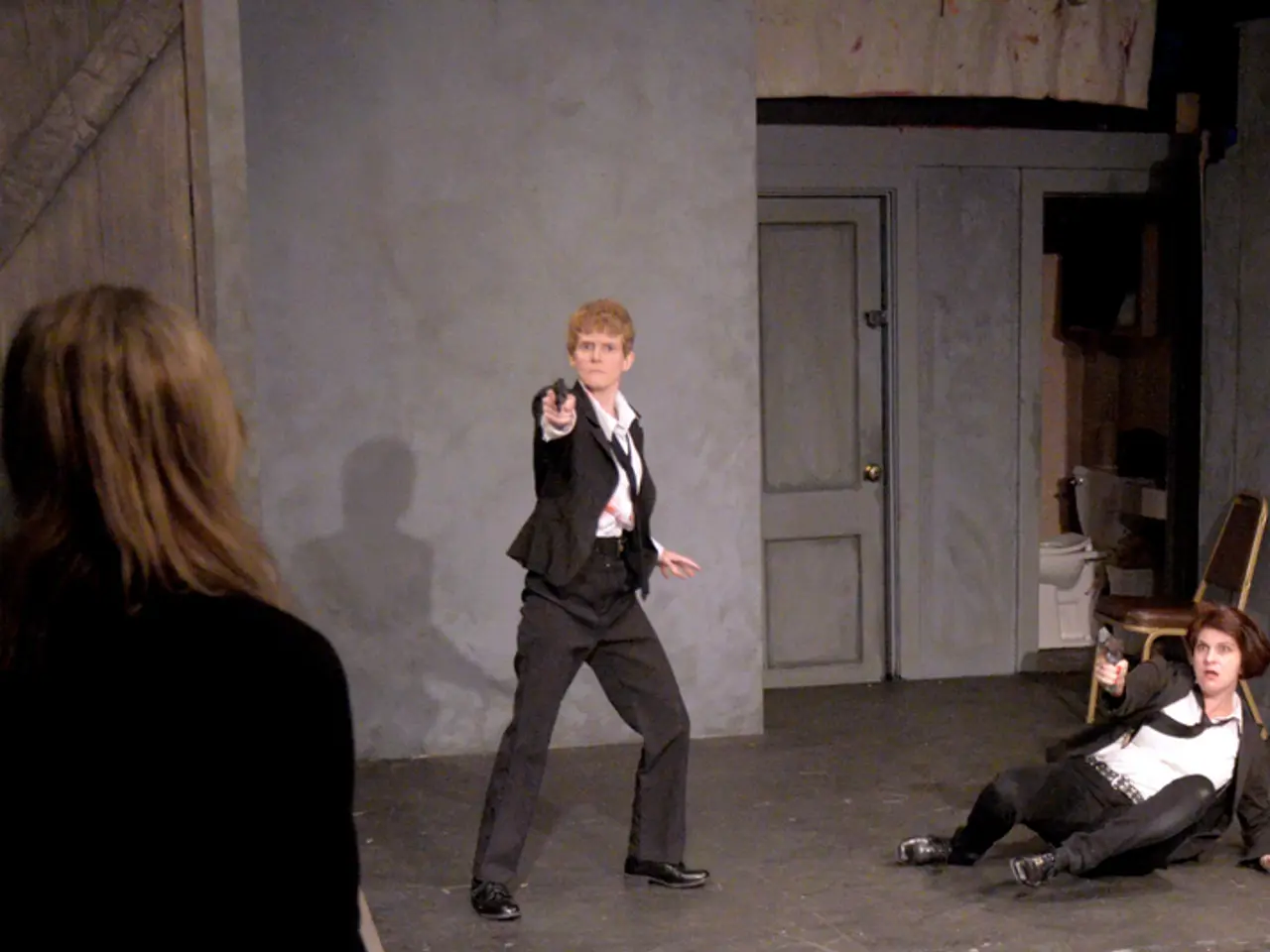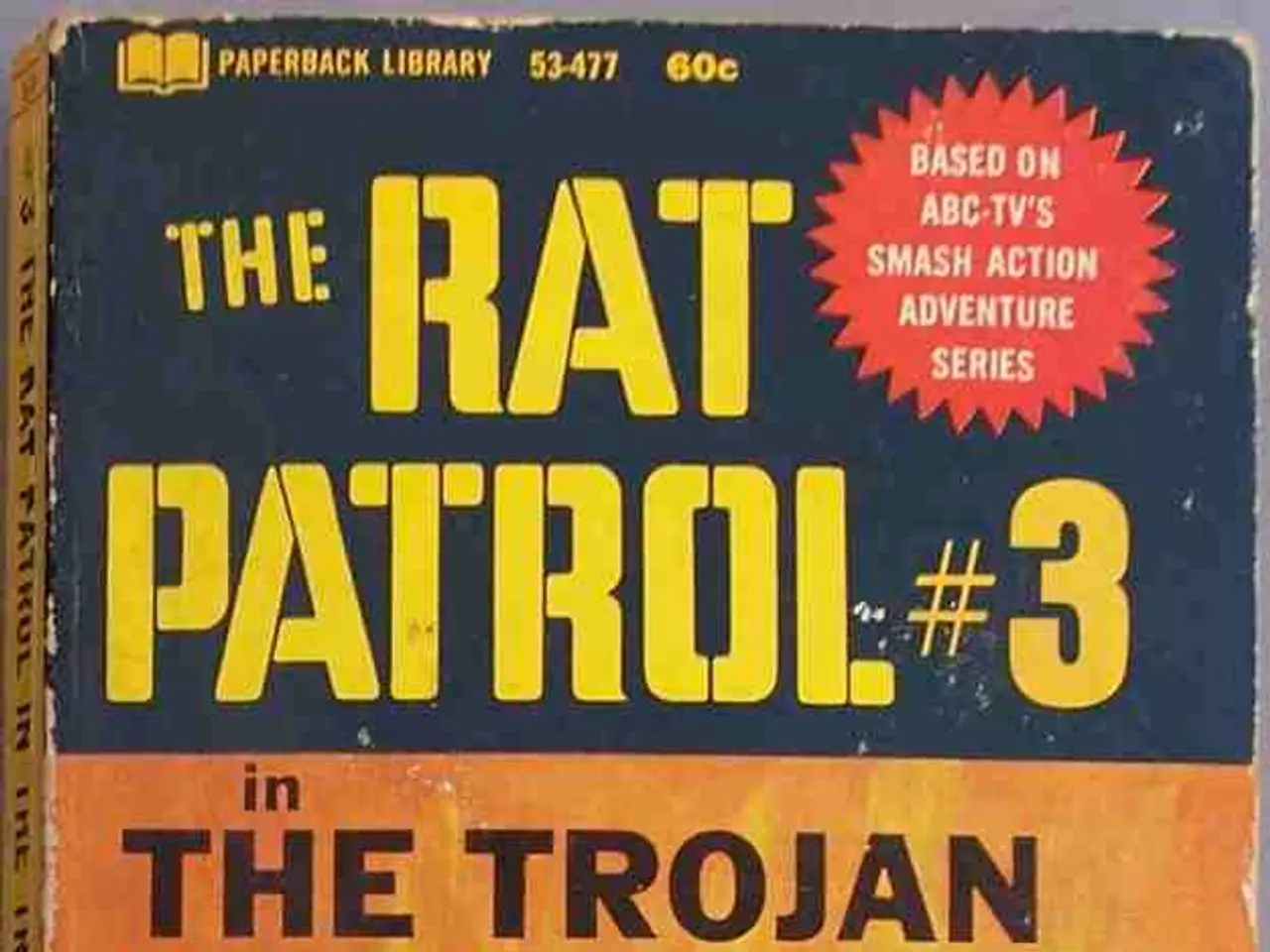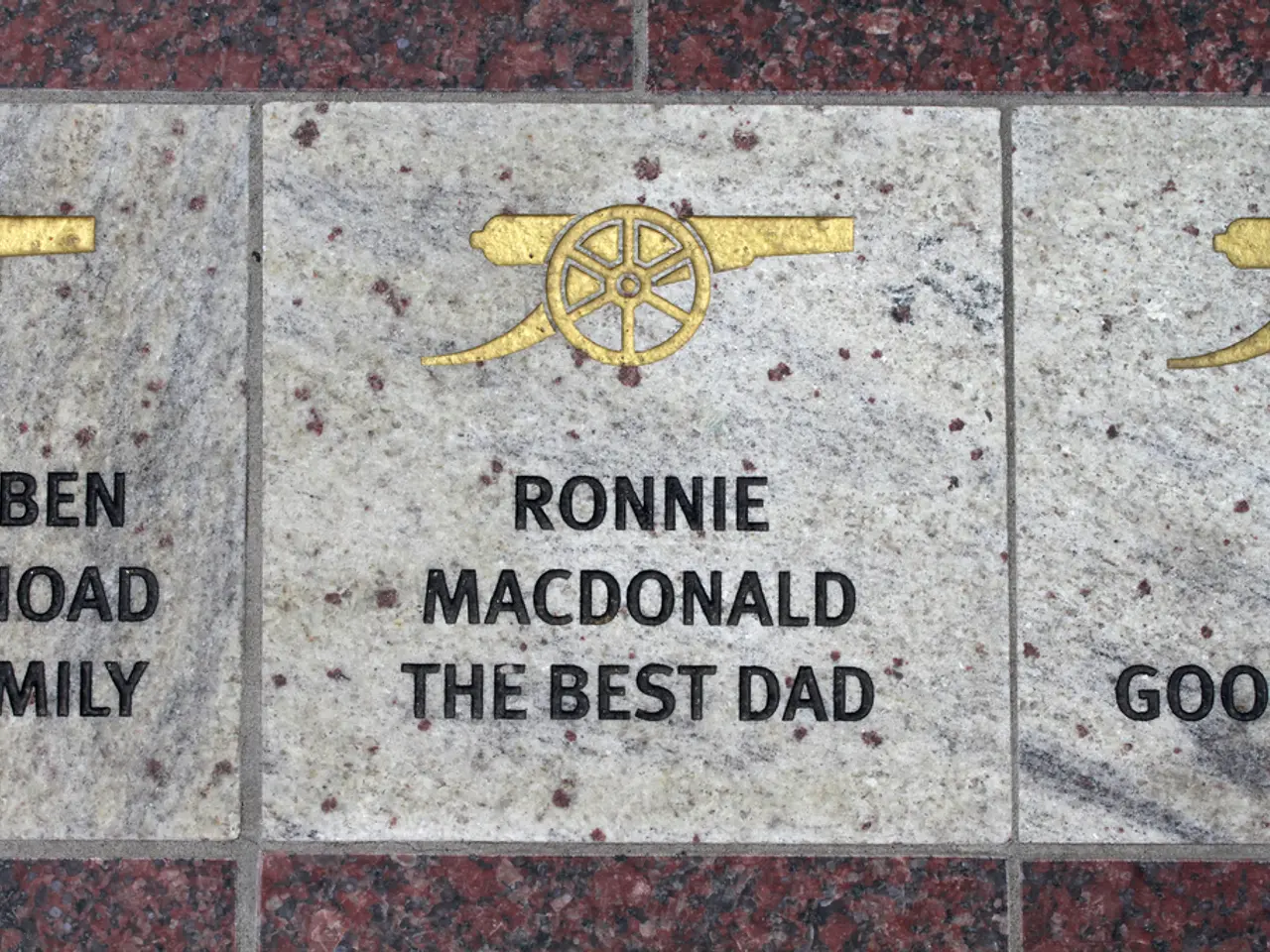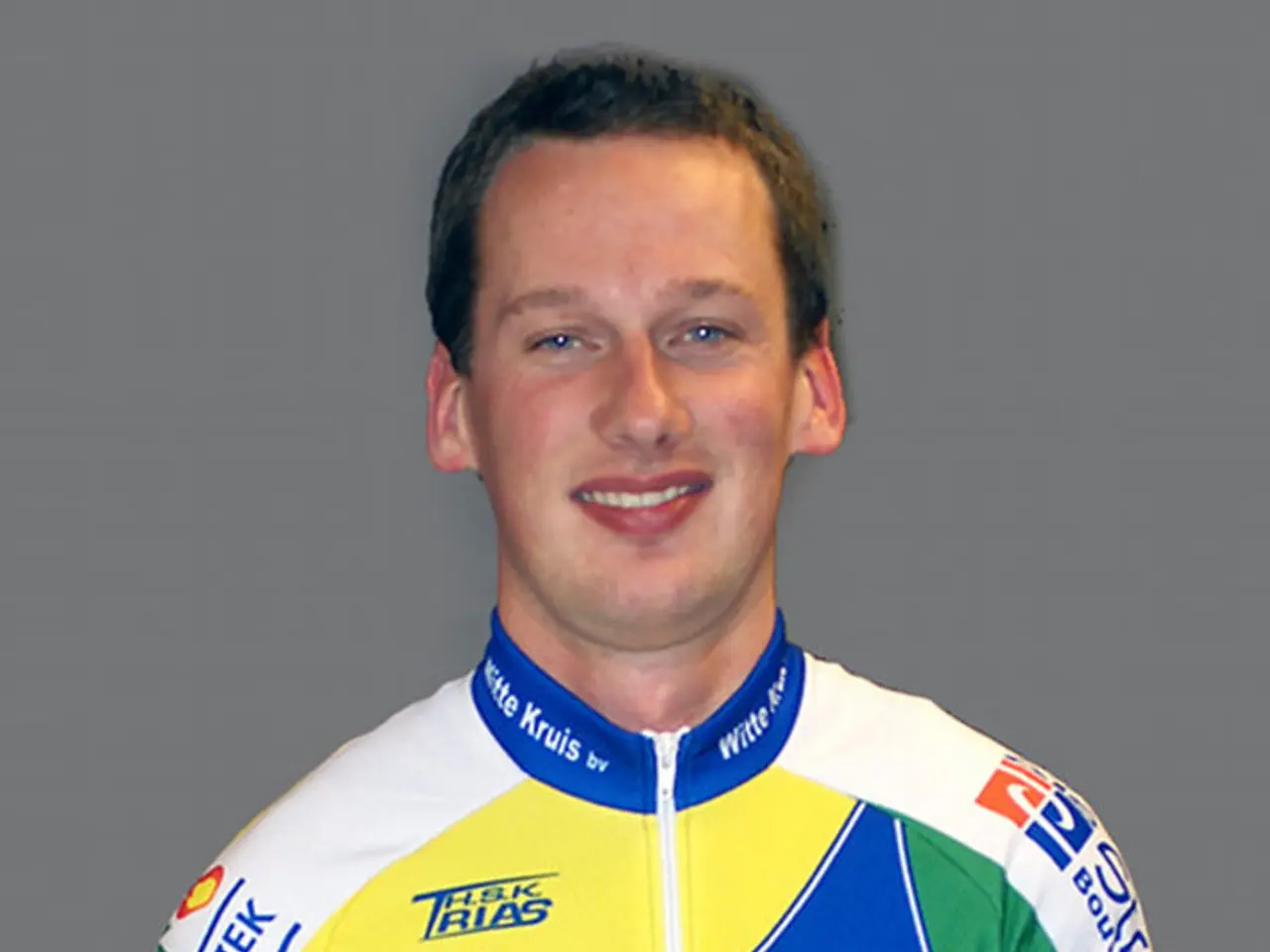Elderly British individual found guilty for rape and homicide in a previously unsolved case from 1967
In a groundbreaking development, the cold case of the rape and murder of Louisa Dunne, a 75-year-old woman from Bristol, England, has been solved after nearly six decades. The conviction of Ryland Headley, a 92-year-old man, was secured in 2025, thanks to advancements in DNA technology.
The original investigation in 1967 was extensive, with over 19,000 palm prints taken, 1,300 statements collected, and more than 8,000 house-to-house calls made. However, the case went cold, with Headley, who lived just outside the area where palm prints were collected, escaping detection.
Crucial to the breakthrough was the preservation of physical evidence, including Louisa Dunne's clothing, which was stored by police for decades. In 2024, advances in DNA analysis allowed forensic scientists to test semen found on Dunne’s skirt using methods that were impossible in the 1960s. The DNA profile obtained matched Ryland Headley's DNA in the national database with a probability a billion times higher than any other individual’s, conclusively linking him to the crime.
Headley's DNA was on the database from an unrelated incident in 2012, enabling this breakthrough. After confirming the DNA match, police arrested Headley in November 2024. His conviction at Bristol Crown Court in 2025 was secured on the strength of this DNA evidence, combined with the preserved original investigative material and forensic techniques.
The development and application of modern DNA technology transformed cold case evidence into definitive proof, solving one of Britain's longest unsolved murders and finally delivering justice after nearly six decades.
It is important to note that the police launched a major investigation in 1967, but it took an average of 344 days for the police to charge the suspected offender, 30 days for the CPS to authorize the charge, and 336 days for the court to complete the case (according to official government data). Moreover, advocacy groups say that rape convictions remain low in the UK, and the justice process is incredibly slow.
Headley was initially sentenced to life imprisonment for the rapes, but this was reduced following an appeal to a seven-year jail term. All but one witness in the case have died over nearly six decades since the crime was committed, and old statements were read in court as part of the trial.
This case serves as a stark reminder of the importance of preserving evidence and the potential of modern technology to solve even the oldest of cold cases. It offers a glimmer of hope for the families of victims of unsolved crimes, demonstrating that justice can be served, no matter how many years or decades have passed.
In this context, the breakthrough in Louisa Dunne's cold case demonstrates the significance of modern DNA technology in the field of crime and justice, as it led to the conviction of Ryland Headley in 2025, six decades after the crime was committed. This advancement in general-news also highlights the importance of preserving evidence for future investigation, reflecting on the current state of politics and the justice system.






